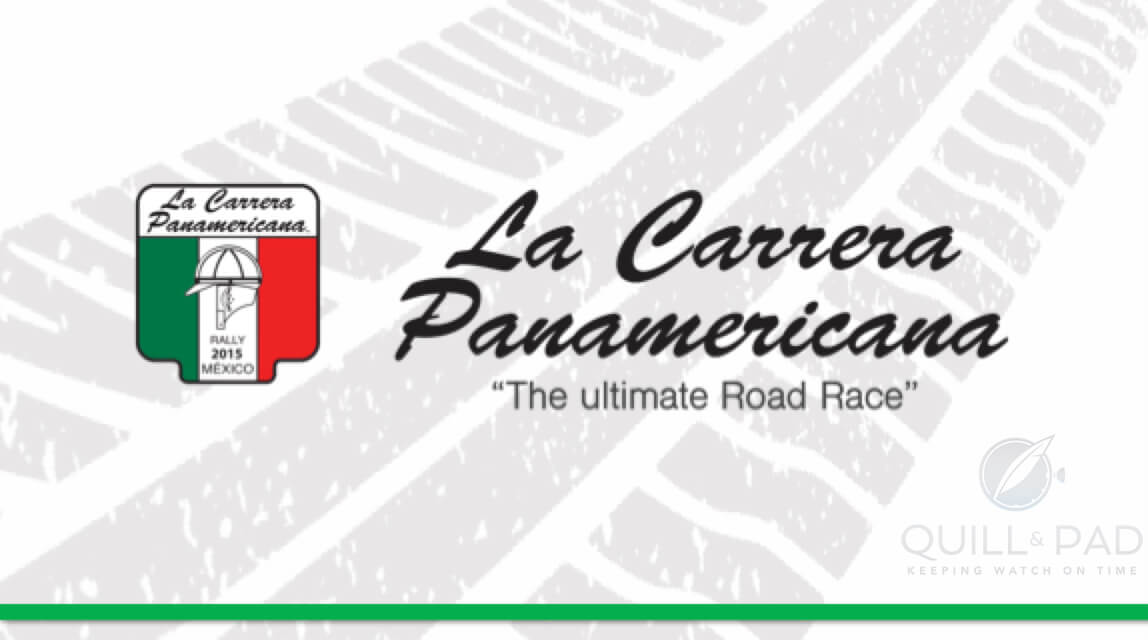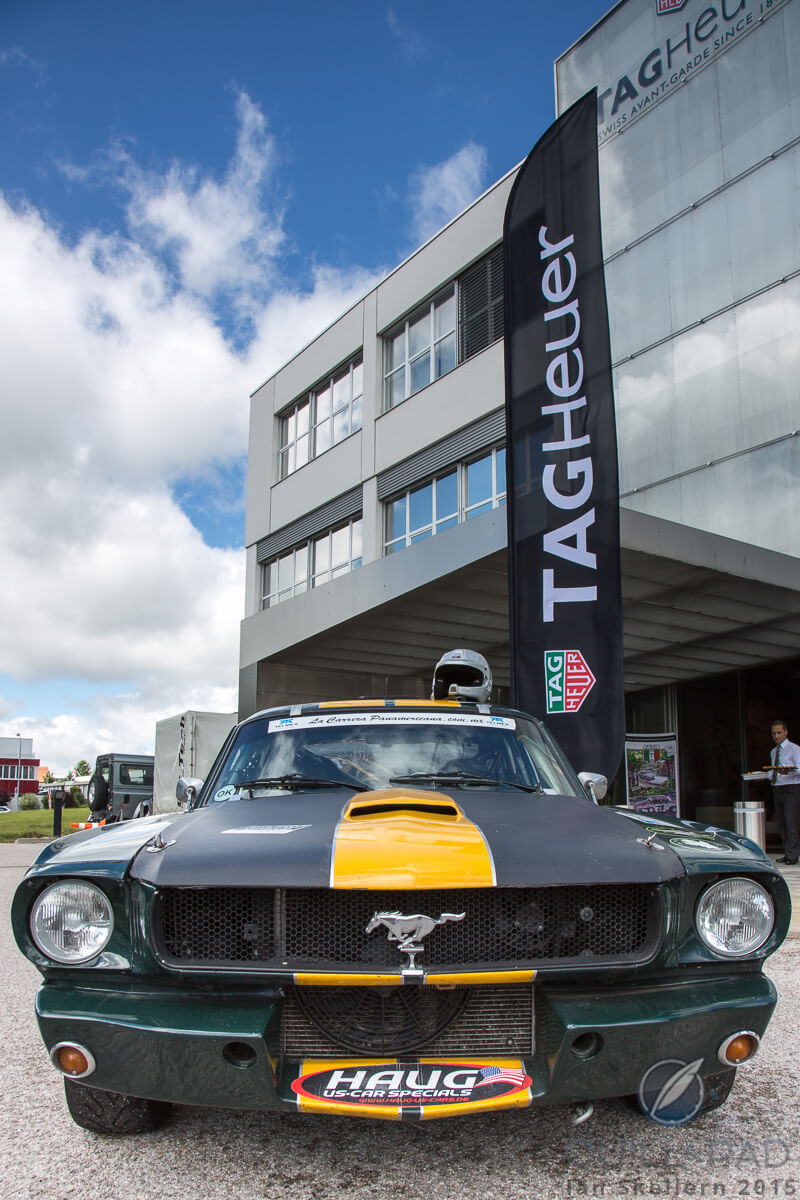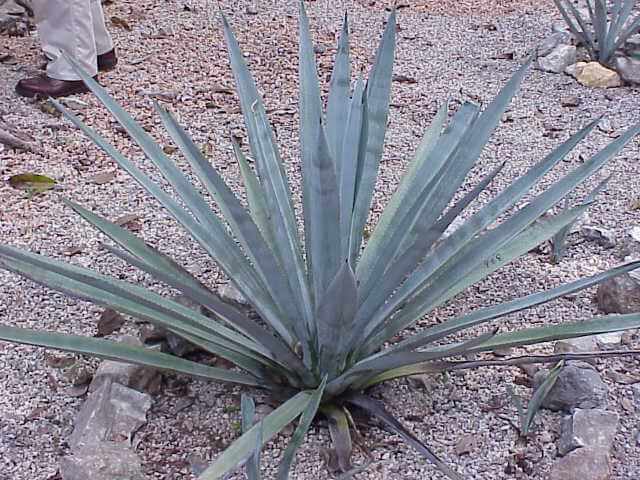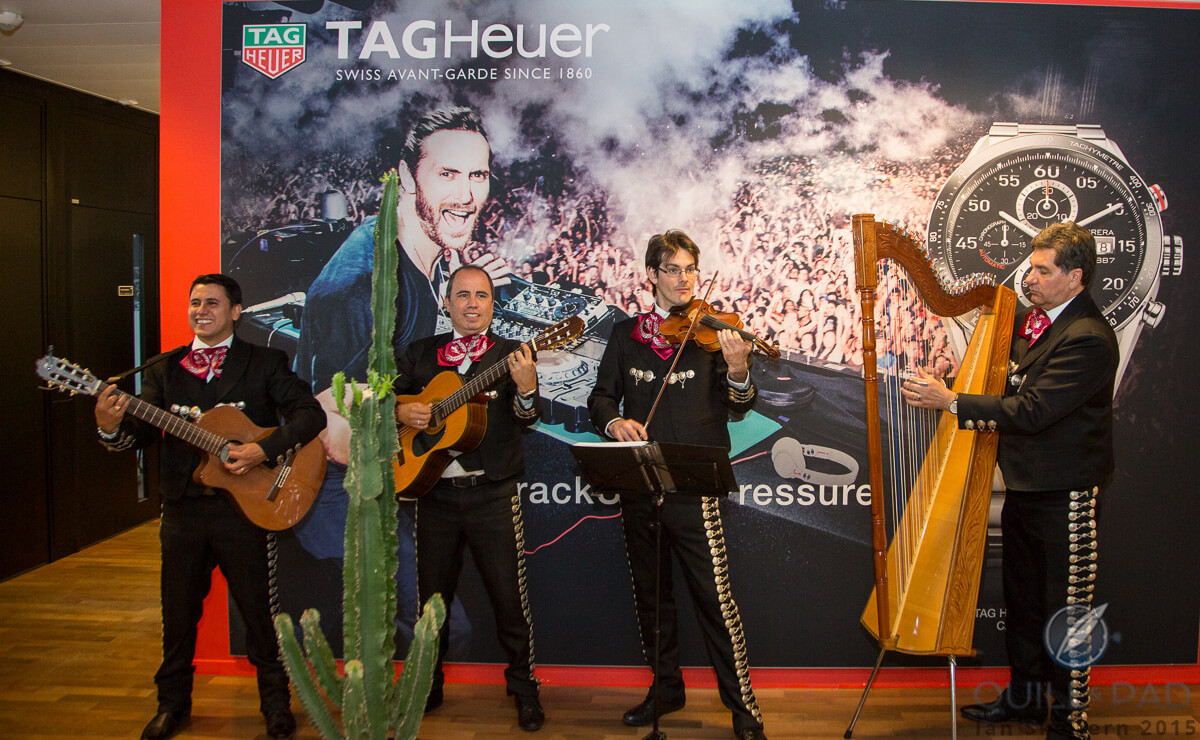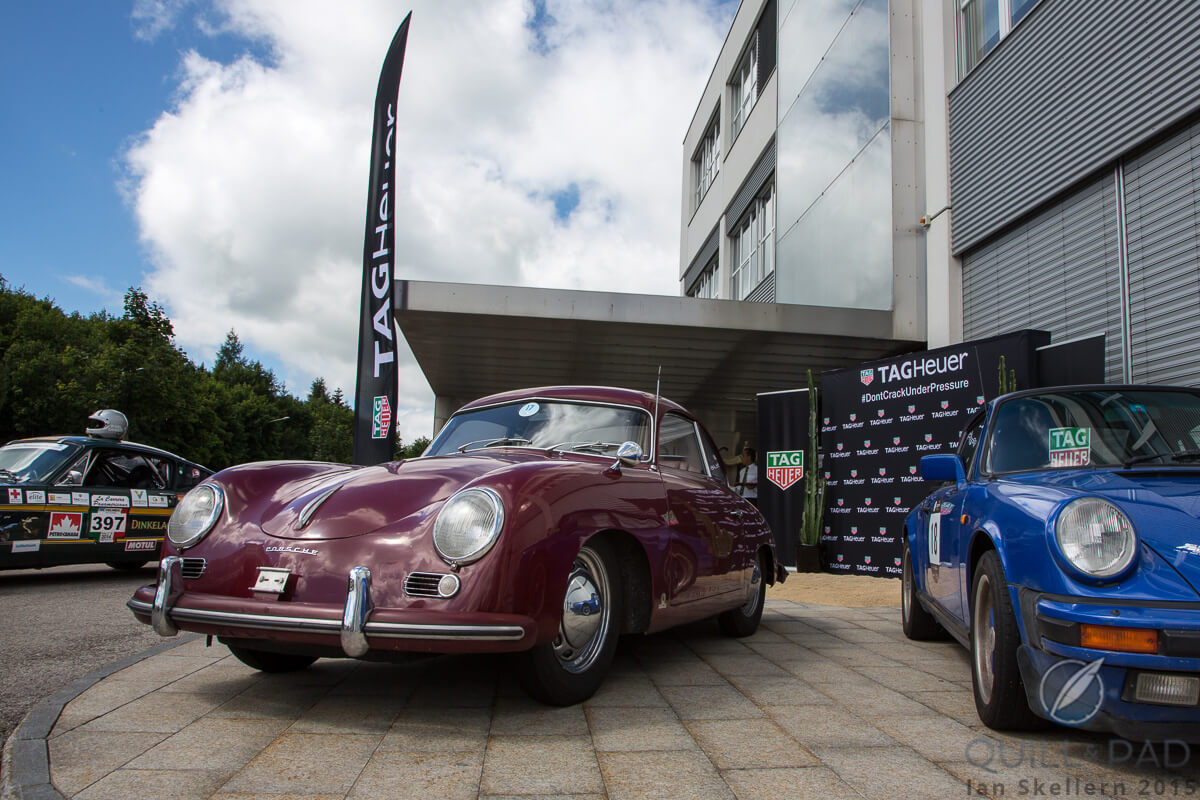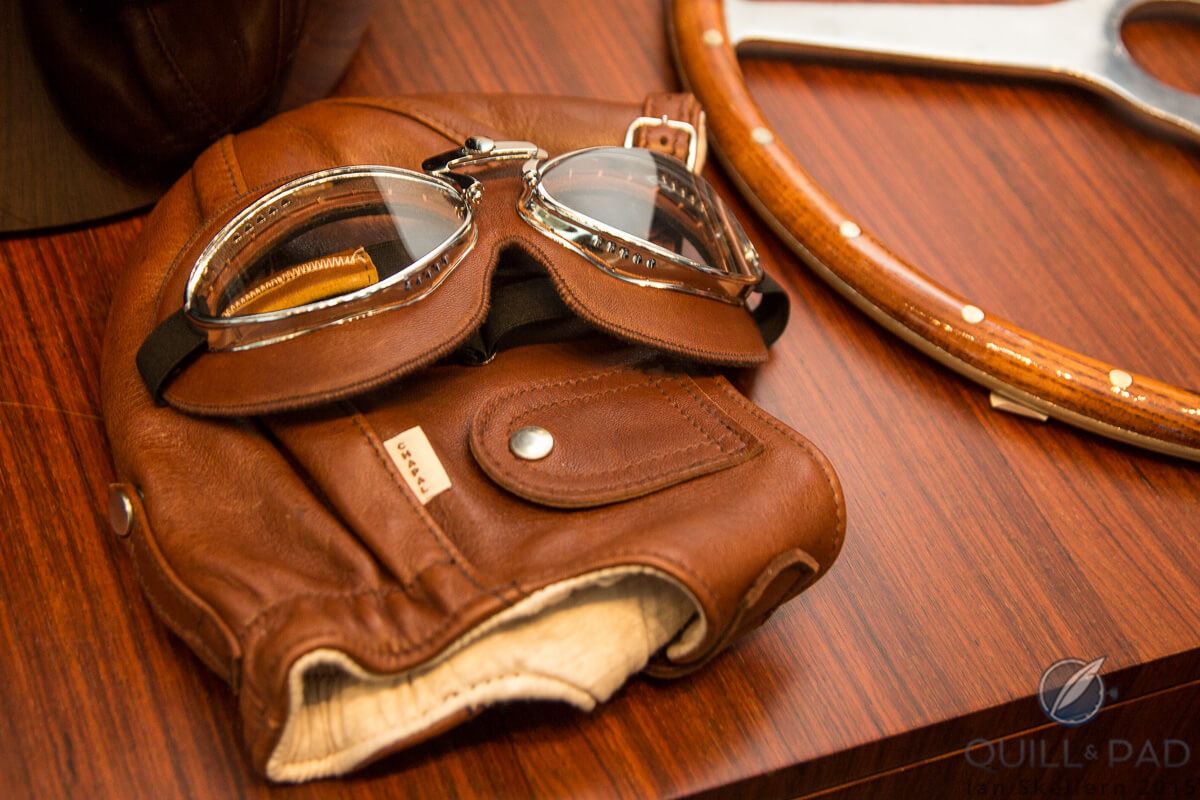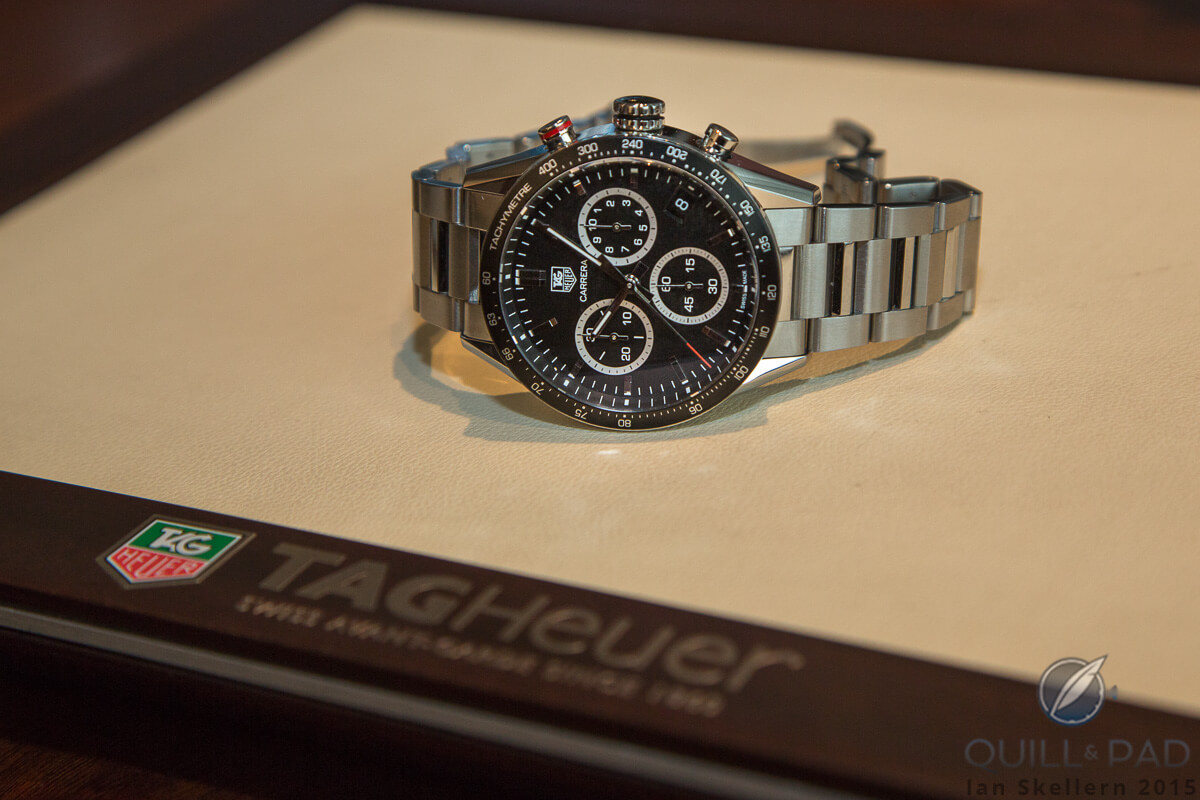by Ian Skellern
Thanks to Roland Iten, I had the pleasure of following the 2014 Mille Miglia in a high-speed support car. To be more accurate, we weren’t actually following the race, we were following the five cars we were supporting as closely as possible so as to be on hand quicker if something went wrong. Which meant we were usually racing right among the competitors. Please see Quill & Pad At The Mythic Mille Miglia and The 2014 Mille Miglia Day-By-Day.
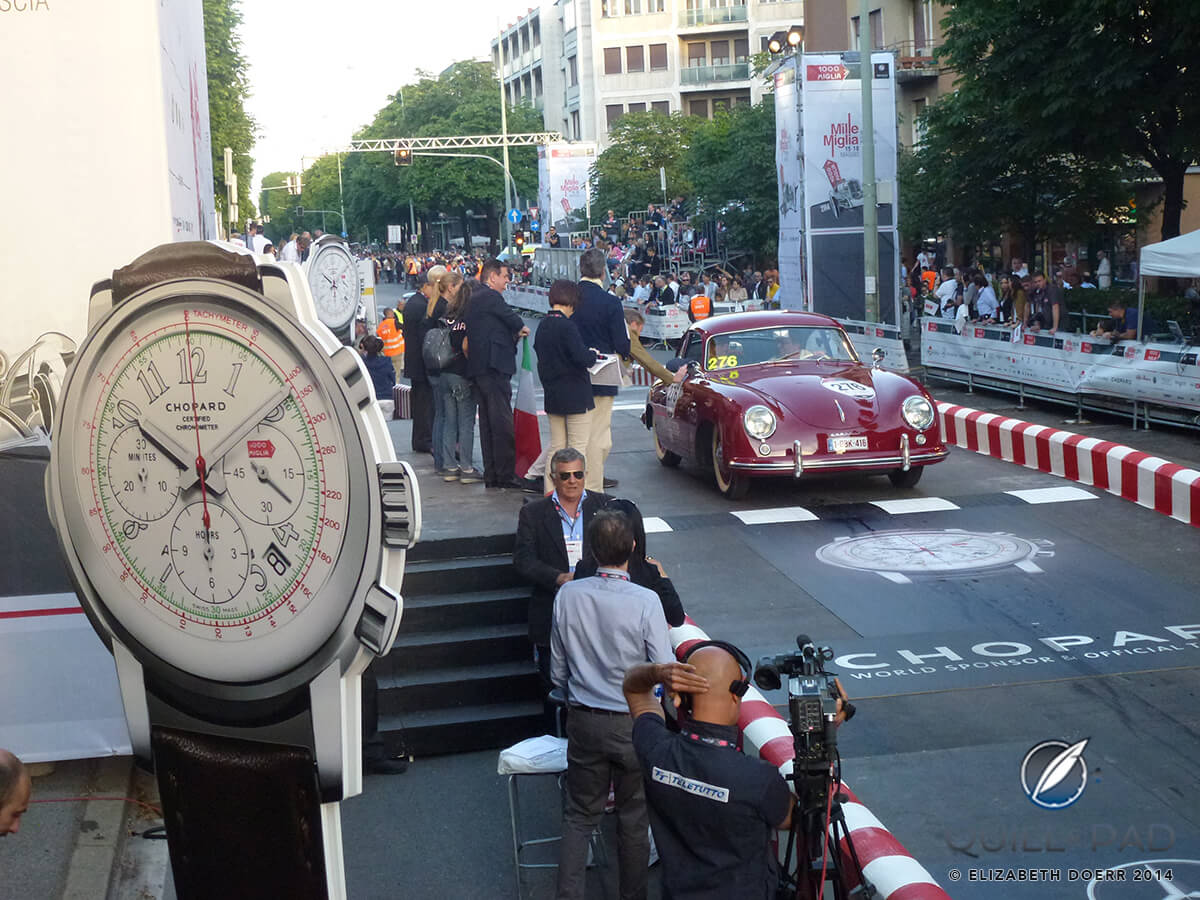
Roland Iten and Joop de Hoogh driving a 1953 Porsche 356 Pre A Coupé 1500 over the starting line of the 2014 Mille Miglia in Brescia, Italy
And while my Mille Miglia certainly began with copious feelings of pleasure, that quickly faded after the first day due to constant sleep deprivation and constant stress of anticipation of a serious accident: the Mille Miglia is generally run on open roads with normal (for Italy) traffic and people.
I thought that the Mille Miglia was absolutely crazy and was amazed that an event like that could be held at all. Only in Italy . . . or so I thought until recently.
A few things to note about the Mille Miglia:
1. It’s not actually a race, although the competitors do not appear to understand that. It’s a timed regularity rally.
2. It runs over four days, so there are “only” three nights with little sleep.
3. The competing classic and vintage cars are fairly standard and road legal. Older cars generally have less power so they are not as fast as modern sports cars.
4. It’s run on sealed roads in Italy.
5. “Mille” means “thousand”; “miglia” means “miles.” The Mille Miglia is approximately 1,000 miles or 1,600 kilometers long.
The Mille Miglia is difficult. Very, very difficult.
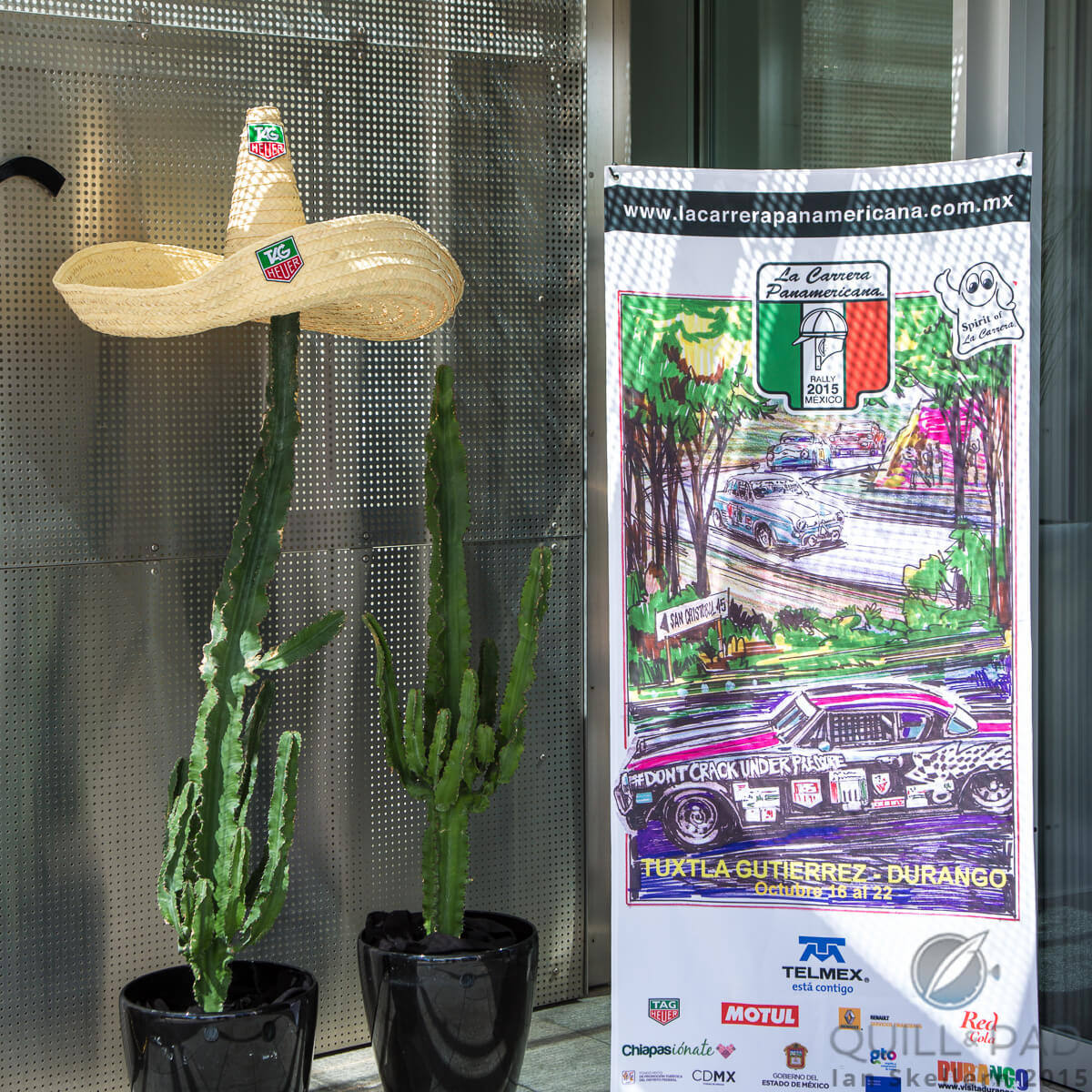
Mexican-themed press conference to announce TAG Heuer’s entry and sponsorship of the 2015 Carrera Panamericana
Drive to the shops
I never thought I’d be writing this, but those five points make the Mille Miglia seem like a drive to the shops compared to what I’ve just learned about the TAG Heuer-sponsored Mexican Carrera Panamericana.
A few things to note about the Carrera Panamericana:
1. It’s a race, pure and simple. Every stage, every day, is a full-blown race. The fastest car home wins.
2. It runs over eight days days.
3. Many of those classic cars are actually put over NASCAR chassis with 600 bhp engines. Top speeds of 330 kph (205 mph) are common, though this year the cars are limited to just 292 kph (180 mph).
4. It’s run on often poorly maintained Mexican roads, highlighting the fact the Carrera Panamericana is a real endurance race for both man and machine.
5. It’s approximately 3,500 kilometers (2,200 miles) long.
One more danger: beware the juice of the innocuous blue agave!
And it’s not just the long days, short nights, crazy speeds, and dangerous roads that need to be overcome. The Carrera Panamericana has one more major handicap that must be dealt with night after night (and suffered day after day): tequila!
Mexicans like to party. And Mexicans like to party with tequila! Tequila is distilled from the blue agave plant: it’s not just the sharp spikes on the end of its leaves that you have to look out for.
The Carrera Panamericana isn’t just hard, it’s practically impossible. Which explains why nearly 50 percent of starters don’t make it to the finish line.
Underneath those old Studebaker, Lincoln, and Oldsmobile bodies are spaceframe racing chassis with 600 bhp NASCAR V8 engines and running gear. The European classics from the 1950s and ’60s are heavily modified in a similar way. These are very serious racecars.
Alfred Neubauer, the team manager of Mercedes Benz from 1926 to 1955, considered the Carrera Panamericana as a blend of the 24 Hours of Le Mans, the Mille Miglia, the Grand Prix of Tripoli, and the Nürburgring.
Typical German understatement!
The beginning
The original Mexican Carrera Panamericana ran for five consecutive years from 1950 to 1954. As with the modern rendition of the race, it began as a border-to-border sedan and sportscar racing event on open roads in Mexico similar to the (original) Mille Miglia. It was (and still is) widely believed to be the most dangerous car race of any type, anywhere.
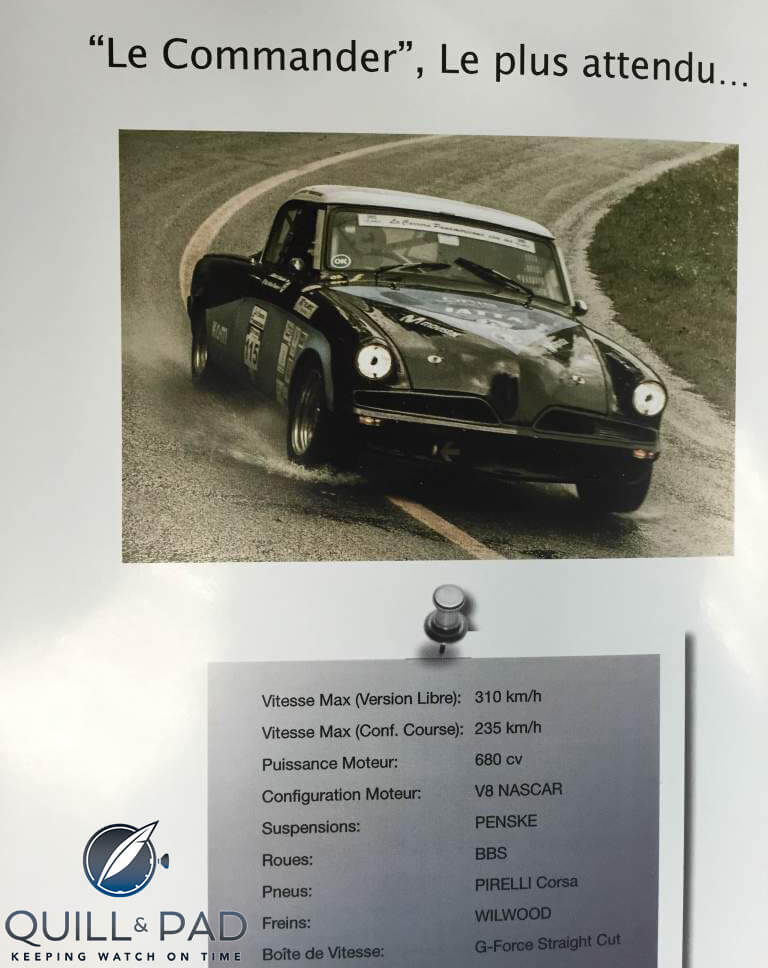
The TAG Heuer-sponsored car in the 2015 Carrera Panamericana driven by Hilaire Damiron and co-piloted by his wife Laura
This year, the 28th edition of the Carrera Panamericana will start on October 16, 2015 in Tuxtla Gutierrez, Chiapas state (where the very first race began). It will continue through to Oaxaca, Mexico City, then Morelia, Guanajuato, and Zacatecas before finishing on October 22 in Durango.
The average amount of tequila consumed during the event is a state secret.
Jack Heuer and the origin of the “Carrera”
TAG Heuer has been a sponsor of the Carrera Panamericana for four years. In a world of co-branding making for some very strange bedfellows, it’s hard to think of a more natural fit.
In the words of Jack Heuer, “When I learned about the many stories about La Carrera Panamericana, the name itself sounded elegant to me, dynamic, easy to pronounce in every language, and charged with emotion. At that point I knew my new chronograph was the perfect tribute for that legend.”
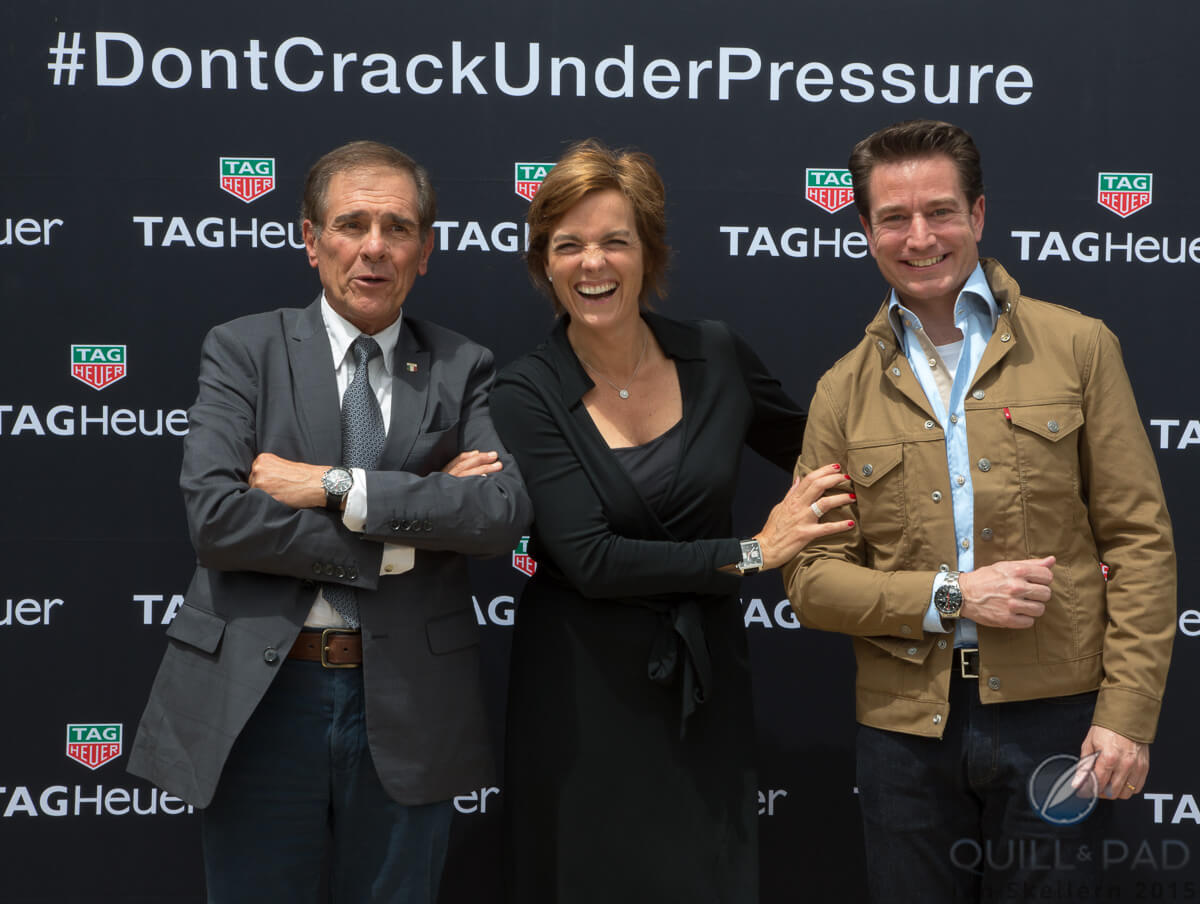
L-R: Eduardo Leon (President of the Carrera Panamericana), Valérie Servageon (TAG Heuer International), and Hilaire Damiron (TAG Heuer driver for the 2015 Carrera Panamericana)
For this year’s race, TAG Heuer released a 43 mm quartz chronograph with date display, aluminum bezel, and black dial called the Panamericana. And for the organizers and competitors, there is an electronic Pro-R HL400-R timing instrument.
Gentlemen, start your engines!
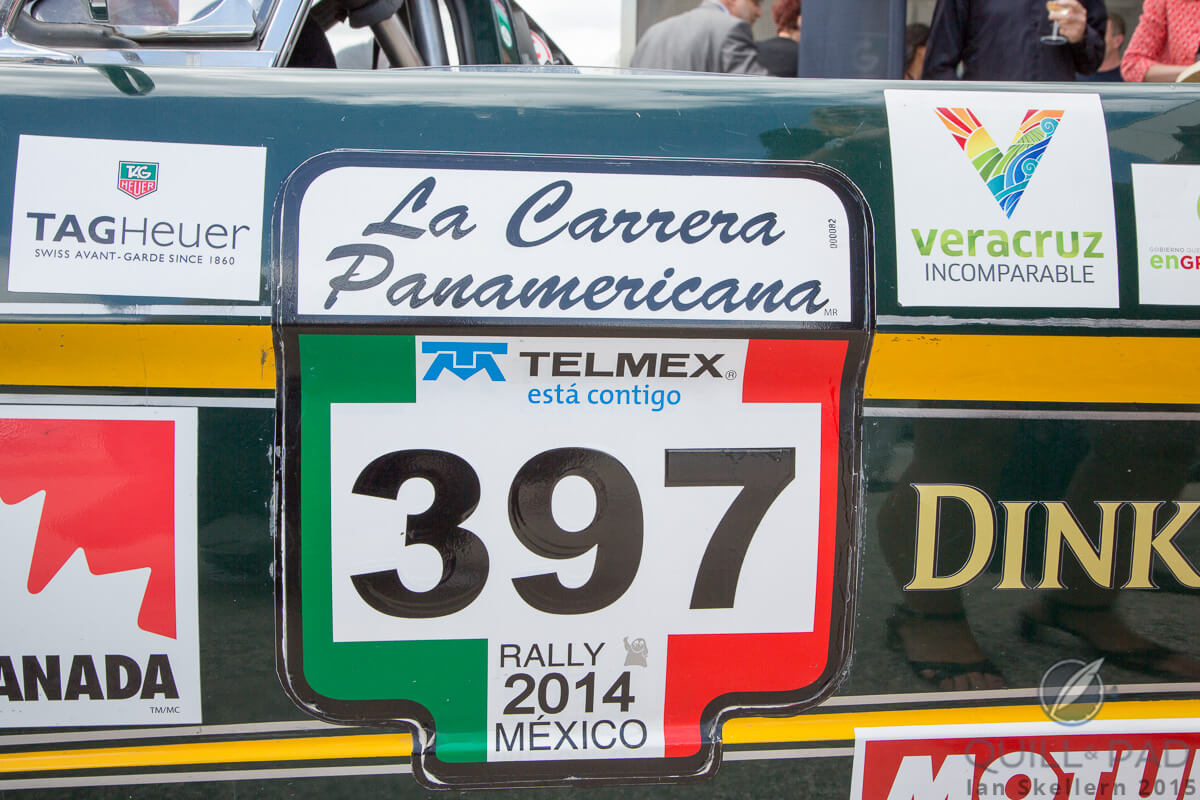
For more information, please visit www.lacarrerapanamericana.com.mx and www.tagheuer.com/int-en/luxury-watches/tag-heuer-carrera.
Quick Facts 28th Edition of the Carrera Panamericana
Start and finish: Tuxtla Gutierrez, Mexico and Durango, Mexico
Average speed: 200 kph/120 mph
Distance: 3,400 kilometers
Entries: around 100 cars, 200 drivers and co-drivers





















































